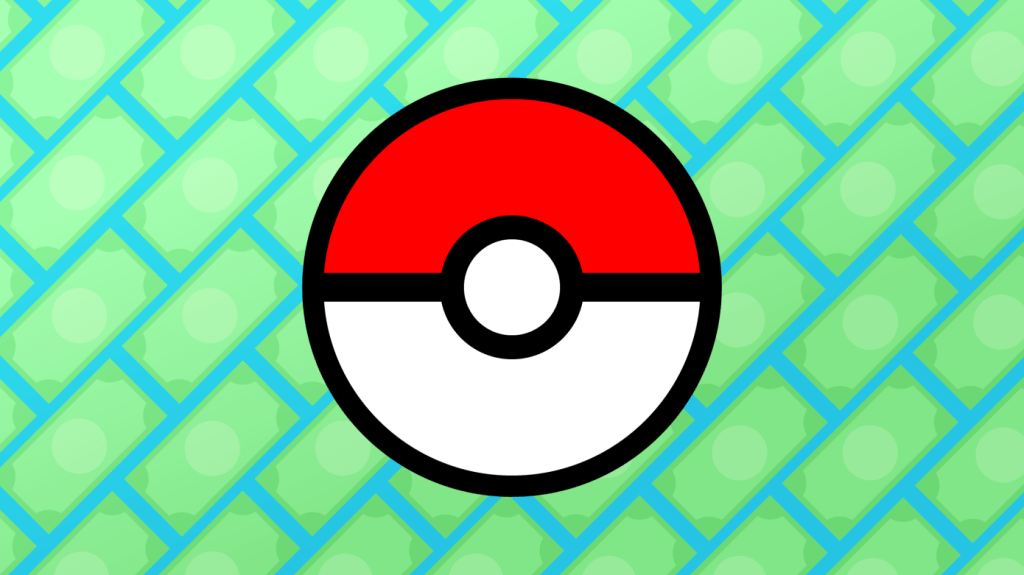In the rapidly evolving field of artificial intelligence (AI), benchmarking serves as a critical tool for evaluating and comparing the performance of various models. Traditionally, these benchmarks have encompassed tasks such as language understanding, image recognition, and complex problem-solving. However, a recent development has introduced a novel and somewhat unconventional benchmark: the classic Pokémon video games.
The integration of Pokémon into AI benchmarking gained significant attention when a post on the social media platform X highlighted a competition between two leading AI models: Google’s Gemini and Anthropic’s Claude. The post claimed that Gemini had advanced to Lavender Town in the original Pokémon game series, while Claude remained at Mount Moon as of late February. This assertion sparked widespread interest and debate within the AI community.
Upon closer examination, it became evident that Gemini’s apparent superiority was influenced by specific advantages in its implementation. The developer overseeing the Gemini stream had incorporated a custom minimap feature. This tool enabled the model to identify in-game elements, such as cuttable trees, more efficiently. Consequently, Gemini could make gameplay decisions with reduced reliance on analyzing full-screen images. This modification provided Gemini with a streamlined approach to navigation and decision-making within the game environment.
This scenario underscores a broader issue in AI benchmarking: the impact of custom implementations on benchmark outcomes. Variations in how benchmarks are executed can lead to discrepancies in performance assessments, making it challenging to draw accurate comparisons between different AI models. For instance, Anthropic reported two distinct scores for its Claude 3.7 Sonnet model on the SWE-bench Verified benchmark, which evaluates coding capabilities. The model achieved a 62.3% accuracy rate under standard conditions. However, when utilizing a custom scaffold developed by Anthropic, the accuracy increased to 70.3%. This significant difference highlights how tailored modifications can influence benchmark results.
Similarly, Meta’s recent endeavors with its Llama 4 Maverick model illustrate this phenomenon. By fine-tuning the model specifically for the LM Arena benchmark, Meta enhanced its performance on that particular evaluation. However, the unmodified version of Llama 4 Maverick scored considerably lower on the same benchmark. This example further emphasizes the complexities introduced by custom implementations in AI benchmarking.
The use of Pokémon as a benchmarking tool, while innovative, brings to light the inherent challenges in standardizing AI evaluations. The game’s structured yet open-ended environment offers a unique platform to test AI capabilities in areas such as strategic planning, decision-making, and adaptability. However, the lack of standardized implementation protocols can lead to inconsistent results, complicating the process of comparing different models.
The broader implications of these findings suggest a pressing need for the AI research community to establish more rigorous and standardized benchmarking practices. Ensuring that benchmarks are conducted under uniform conditions is essential for obtaining reliable and comparable data. This standardization is crucial not only for assessing current AI models but also for guiding future developments in the field.
In conclusion, the recent debates surrounding AI benchmarking in the context of Pokémon gameplay serve as a microcosm of the larger challenges facing the AI community. They highlight the importance of transparency, standardization, and critical evaluation in the development and assessment of AI technologies. As AI continues to advance and integrate into various aspects of society, addressing these benchmarking issues will be vital for fostering trust and ensuring the responsible progression of the field.



